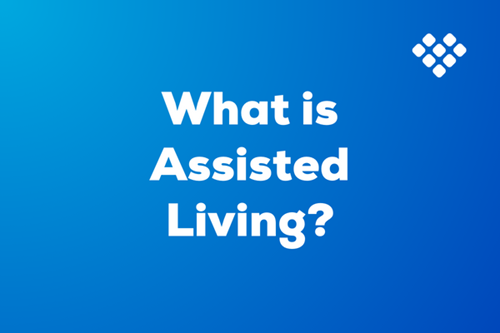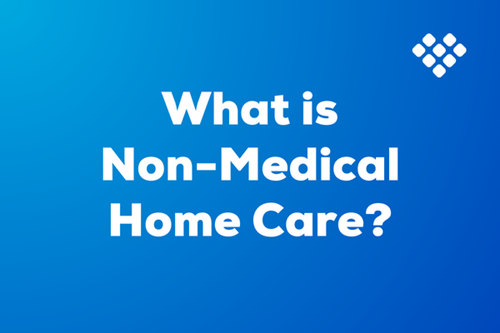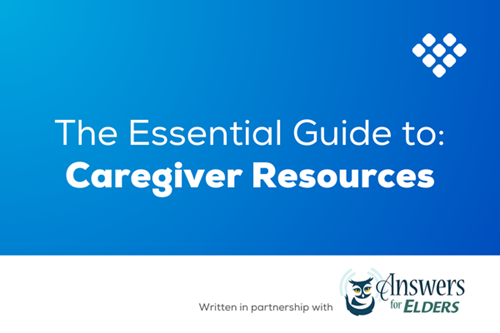Low-Income Senior Housing: What You Need to Know
A guide to understanding low-income senior housing, Section 8, and financial assistance.

Author: Jessica Knobbe | Date Published: June 2025 | Last Updated: June 2025
Finding affordable senior housing can be confusing and overwhelming, especially if you're navigating government programs like Section 8 or trying to understand what payment help is available. This guide breaks down everything you need to know about low-income housing for seniors, including government-subsidized options, how to apply, and what other programs are available to help ease financial stress. Whether you're a senior or an adult child trying to help a parent, Senior Care Finder is your one-stop solution to making confident, informed decisions.
Table of Contents
- What Is Low-Income Senior Housing?
- Section 8 Housing for Seniors
- Other Payment Help Options
- Understanding Your Situation
- Next Steps
- About Senior Care Finder
Key Takeaways

Section 8 vouchers can help support seniors by capping rent payments at 30% of your monthly income.
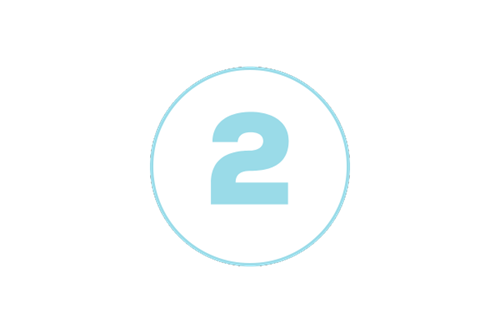
Additional programs like HUD 202 housing and Medicaid Waivers also offer financial support.
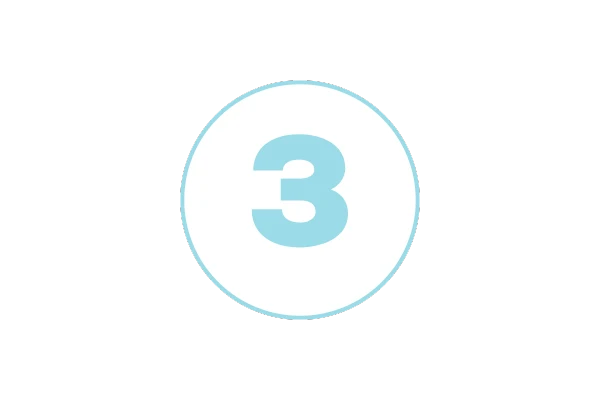
Waitlists for these programs are long. Apply early and remain in contact with your Public Housing Agency for updates on your application.
What Is Low-Income Senior Housing?
Low-income senior housing refers to affordable housing options for older adults, often subsidized by federal or state programs. Rent is typically based on income communities are typically reserved for individuals age 62+. Check out this free resource to help determine what benefits you may be eligible for.
Types of low-income senior housing:
-
Section 8 Housing Choice Vouchers
-
HUD 202 Supportive Housing for the Elderly
-
State-funded low-income housing programs
-
Faith-based or nonprofit senior housing communities
Section 8 Housing for Seniors
Section 8, also called the Housing Choice Voucher Program, is run by the U.S. Department of Housing and Urban Development (HUD). It provides vouchers that cover a portion of rent on privately owned housing units for those who meet the requirements. 🕓 Important: Waitlists can be long. Apply early and follow up regularly.
How it works:
-
Apply through your local Public Housing Authority (PHA).
-
If accepted, you receive a voucher that pays a portion of your rent
-
You pay roughly 30% of your monthly income
Other Payment Help Options
If Section 8 isn’t available in your area or doesn’t meet your needs, explore these alternatives. Each state has different options and income limits, so check local requirements.
- HUD 202: HUD 202 is a federal program that offers affordable apartment housing for seniors age 62 and older with low income. These communities often include supportive services like housekeeping, meals, or transportation. Rent is typically capped at 30% of your adjusted income. Applications are made directly through the specific HUD 202 communities, which may have their own waitlists. To find available properties, visit hud.gov.
- State Housing Programs: Many states, counties, and cities offer their own senior housing initiatives or rent assistance programs. These may include income-based senior apartment buildings, housing tax credit communities, or emergency rental assistance. Eligibility and application processes vary by location, but you can usually apply through your local housing authority, department of aging, or community action agency. Start by searching for “[your city] senior housing assistance” or contacting your state’s Department of Housing.
- LIHEAP: LIHEAP helps low-income households reduce monthly living expenses by paying for heating and cooling costs. Seniors on fixed incomes often qualify. The program may also cover energy-related home repairs or weatherization. You can apply through your local LIHEAP office or online via your state’s Department of Health and Human Services website. Find your local program at benefits.gov/LIHEAP.
- SNAP: SNAP helps eligible individuals buy groceries, freeing up more of your budget for housing or medical care. Seniors can qualify even if they live alone or already receive Social Security. Benefits are loaded onto a card each month, which you can use at most grocery stores. Applications are handled through your state’s Department of Health or local SNAP office. Visit fns.usda.gov/snap/seniors for more information.
- Medicaid Waiver Programs: In some states, Medicaid “waiver” programs cover in-home care services that help seniors remain at home instead of moving to a facility. Services can include help with bathing, meals, medication management, or adult day care. These programs are often income and needs-based. Check eligibility by state and start the application process here medicaid.gov.
-
Homestead Exemption: Some states offer a Homestead Exemption for seniors. This reduces the taxable value of your home and therefore lowers your annual property taxes. Eligibility often begins at age 65 and may be based on income. Apply through your county assessor’s office to see how much you can save.
Understanding Your Situation
Understanding what kind of help you need can guide you to the right program. Check out the situations below to see if HUD, Section 8 or Medicare is the right choice for you.
-
If you live independently, but need lower rent:
Look for income-based senior apartments or HUD 202 communities. These typically don’t offer personal care but provide a safe, affordable home for seniors who can manage on their own. -
If you’re on a fixed income and need occasional help:
Consider a subsidized apartment with access to services like transportation or meals. Some communities offer on-site support or are located near senior centers with additional resources. -
If you need daily support with things like bathing, meals, or medications:
You may qualify for in-home care through Medicaid waiver programs, or, if budget allows, you could explore assisted living. In some states, Medicaid helps cover this cost, but not always.
Next Steps
Here’s a simple plan:
- List your needs: Do you need daily support or just affordable rent?
- Apply for Section 8 and HUD 202 housing early
- Search for affordable communities here.
- Check local housing authorities for additional programs
- Ask questions: Are there waitlists? Can someone help me with my application? What’s included?
You’re not alone—and you’re not out of options.
Start by applying for Section 8 and reaching out to your local housing authority. This journey may take time, but the right option is out there.
About Senior Care Finder
Senior Care Finder is the nation’s most comprehensive, trusted online marketplace for senior living and care. We never charge referral fees, and we don’t gate listings behind forms. Our platform is designed to give seniors and families real tools to make informed decisions—at no cost.
